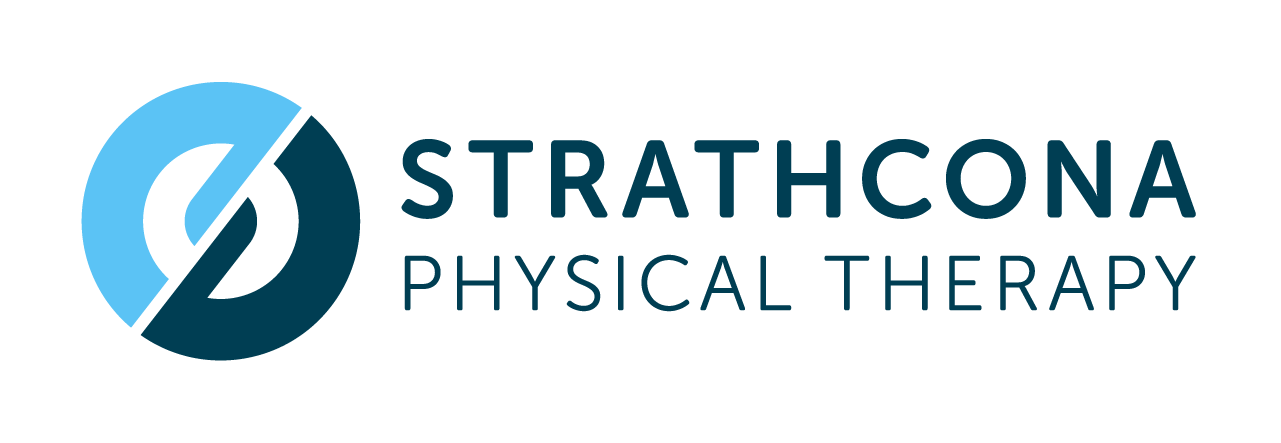Schroth Therapy for Scoliosis: An evidenced-based Approach to Spinal Health
Scoliosis is a three-dimensional spinal condition that affects posture, mobility, and overall function. While bracing and, in severe cases, surgery are common interventions, Schroth Therapy has emerged as an effective, evidence-based rehabilitation method that can help patients improve spinal alignment, reduce discomfort, and enhance movement quality.
At Strathcona Physical Therapy, we specialize in Schroth-based physiotherapy, offering personalized treatments designed to manage scoliosis and help patients move with greater ease and confidence.
What is Schroth Therapy?
Schroth Therapy is a specialized physiotherapy approach that targets the unique asymmetries of scoliosis. Unlike general strength or flexibility exercises, Schroth exercises are tailored to each patient's spinal curve pattern to create better balance and postural control.
Key principles of Schroth Therapy include:
Three-Dimensional Postural Correction: Addressing spinal curvature in all planes—frontal (side bending), sagittal (forward/backward posture), and transverse (rotational shifts).
Rotational Breathing: Teaching patients to breathe into concave areas of their rib cage to improve lung function and spinal expansion.
Muscular Retraining: Strengthening weakened muscles while elongating overactive, shortened muscles to restore stability.
Active Postural Awareness: Educating patients on how to maintain better alignment throughout daily activities.
How Long Does Schroth Therapy Take?
The duration of Schroth Therapy depends on several factors, including:
Severity of scoliosis (mild, moderate, or severe)
Age of the patient (adolescents often respond faster than adults)
Consistency with home exercises
Typically, Schroth Therapy involves 6-20 in-clinic sessions, spaced out over several months. Patients are given a customized home program to continue their progress beyond therapy. Some individuals see postural and pain improvements within a few weeks, while long-term structural changes may take 6-12 months of dedicated practice.
What Does the Research Say?
Multiple studies support the benefits of Schroth Therapy:
Pain Reduction: Research indicates significant pain relief in scoliosis patients who practice Schroth-based exercises.
Curve Stabilization: A 2021 European Spine Journal review found that Schroth Therapy, combined with bracing, slows curve progression better than bracing alone.
Improved Mobility & Postural Control: A BMC Musculoskeletal Disorders study reported that patients who completed 12 weeks of Schroth-based training saw measurable improvements in postural stability and functional movement.
Better Breathing Efficiency: Rotational breathing has been shown to enhance lung function, particularly in individuals with thoracic scoliosis.
Is Schroth Therapy Right for You?
Schroth Therapy is highly recommended for:
Adolescents and adults with scoliosis looking to improve posture and movement.
Individuals wanting to delay or avoid surgery through structured rehabilitation.
Patients wearing scoliosis braces who want to improve their effectiveness.
Those experiencing pain, postural imbalances, or breathing difficulties due to scoliosis.
Your Path to Better Spinal Health Starts Here
At Strathcona Physical Therapy, we provide Schroth Therapy rehabilitation designed to help you move better, breathe easier, and regain control over your posture. Whether you are an adolescent with a developing curve or an adult seeking relief from scoliosis-related discomfort, we are here to help.
References
Kuru, T., et al. (2021). The effectiveness of Schroth exercises in adolescent idiopathic scoliosis: A systematic review. European Spine Journal.
Schreiber, S., Parent, E. C., et al. (2019). The effect of Schroth exercises added to standard of care on the quality of life and muscle endurance in adolescents with idiopathic scoliosis—an assessor and statistician blinded randomized controlled trial. BMC Musculoskeletal Disorders.
